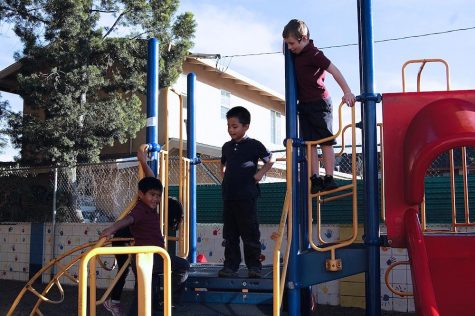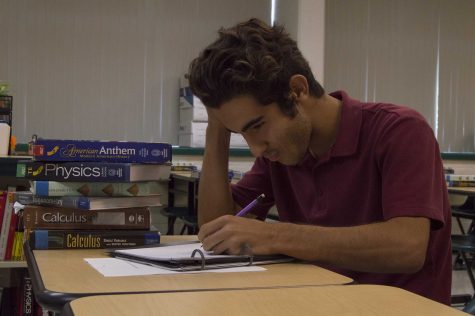What my pet taught me

Havakian’s pet turtle
“Turtle started eating again,” I heard my father say about two weeks ago. He’s right, since spring is here now, my turtle, which I named Turtle, has come out of hibernation. But I don’t have to worry about feeding him because I know my father feeds him in the mornings. However, this news means that I would have to change his tank water more frequently, which would be annoying since I do not have a habit of doing that regularly.
It had been two weeks since Turtle started eating, and I would have ignored this had it not been for the foul smell coming from the tank. I look down and see the water has turned into a mucky color from uneaten food which shift around as Turtle moves through it. I am taken aback. Have I really been neglecting my pet for so long?
Of course I have. I have even been ignoring my mother’s warnings about giving Turtle away to pet stores, to others more responsible than me, and even releasing him into the ocean.
I consider myself as a horrible person for not taking the initiative and taking responsibility for my pet. I have had Turtle for more than five years and I cannot say I don’t care about him. Now it is time to take care of him.
“We were aware of his existence in our house, and our responsibility, yet we failed to take care. I walked past him each morning,” wrote Pamela Gwyn Kripke in her opinion article The Value of a Life, Though Toxic and Tiny, in Los Angeles Times. Kripke wrote about her daughter’s toad and how she failed to take care of him until last minute when the toad had moments to live.
Kripe wrote that she had to race to the pet store, get crickets for “Skip” and race back in time to keep the toad from starving to death.
My mistreatment for Turtle was not entirely because I ignored the condition he lived in, but also because of my feeling of disgust toward touching a reptile who carries bacteria called Salmonella on his outer skin and shell surfaces.
According to The Waltham Book of Human-Animal Interactions: Benefits and Responsibilities,having pets in the house is a great way for children to learn responsibility and build up their self-esteem.
By taking care of pets, children learn to understand the feelings and needs of animals and those of fellow human beings from an early age, which leads to feeling more empathy towards other people.
In addition, The Waltham Book of Human-Animal Interactions sites reports that show children seek emotional support from their pets and they “regularly nominated pets when asked who they would go to with a problem.” This type of unconditional love and acceptance is important for the healthy psychological development of all children.
Even though I have not taken proper care of my turtle, having him as a pet has taught me a lot about responsibility and commitment. I am ashamed that I realized my mistreatment of my pet only after reading an article of an owner doing the same thing. Now every time that I pass by Turtle’s tank, I check his water more carefully to make sure it is clean.







